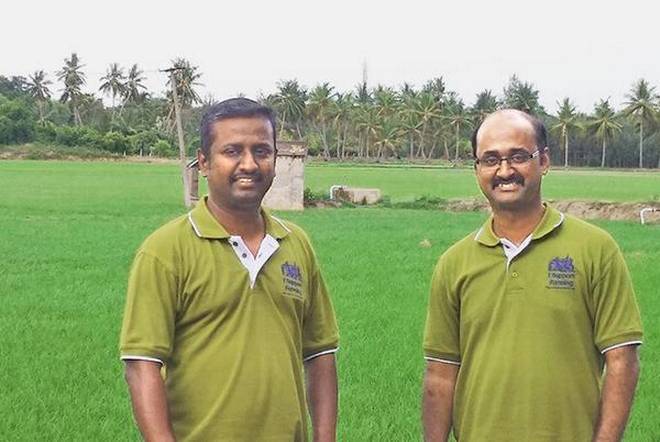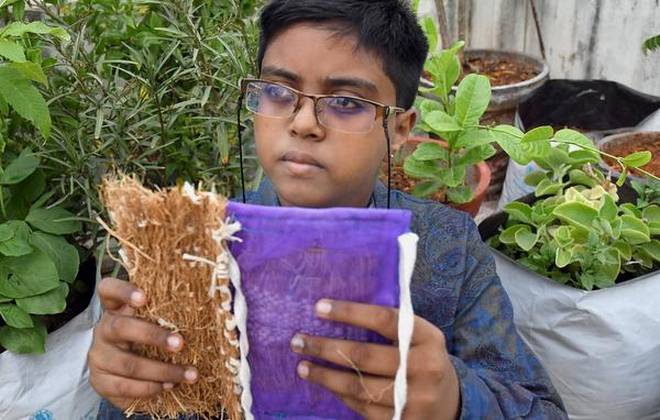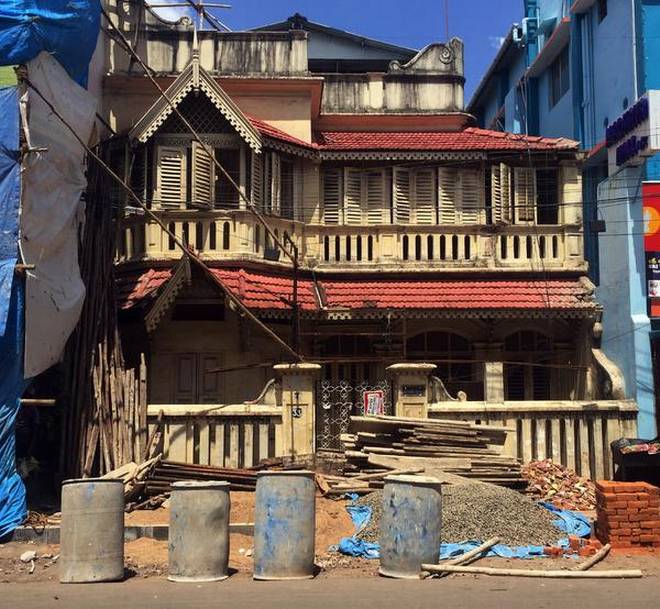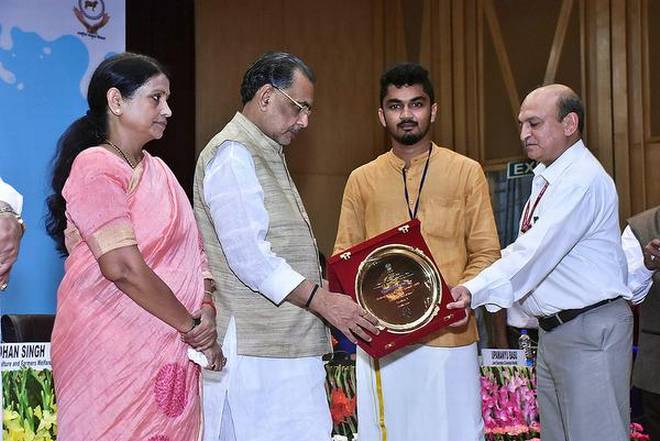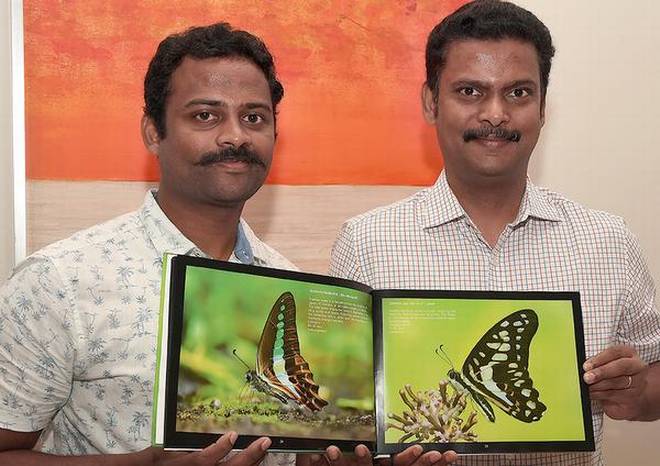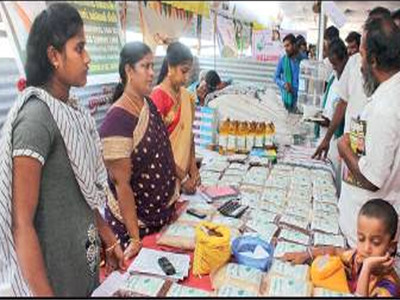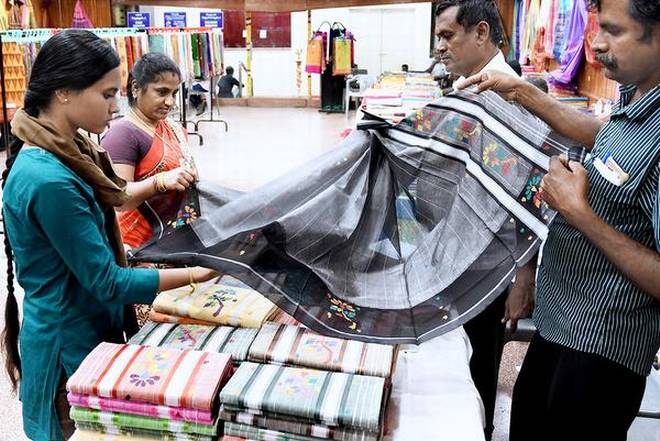The side-wall of the escalator on the second platform inside Madurai railway junction, presents a picturesque and colourful painting. The imposing wall of 60 feet by 23 feet depicts a scene from rural Tamil Nadu, replete with bucolic paddy fields, farmers, huts, rolling mountains and lush greenery. The painted wall has become an attraction for passengers who pause to take a look at the grand and elaborate piece of art. Similarly, a two-dimensional mural measuring 14feet by seven feet adorns the wall inside the AC waiting hall on the station’s first platform. The mural painted in the Tanjore style of painting showcases the event of Meenakshi Tirukalyanam and has added a tinge of colour to the hall.
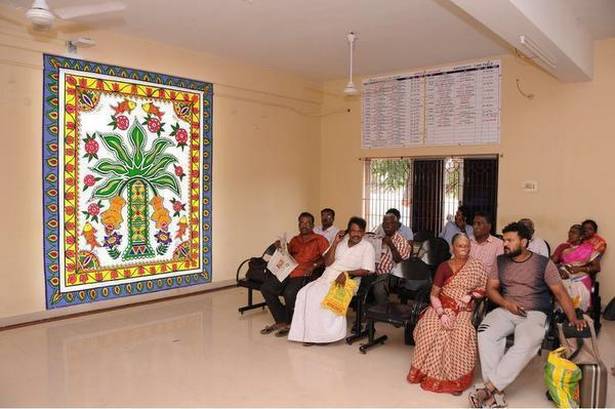
In a bid to beautify one of the biggest railway junctions in the region, the management roped in arists A Kannan and G K Ramesh to do up some art in strategic places inside the station. “It’s part of the ongoing project by Ministry of Railways. The idea is to showcase local talent in beautifying the place.” says Neenu Ittyerah, Divisional Railway Manager, Madurai Division. In a contest held recently in which 68 stations took part, the Madurai junction has won the award of second most beautiful railway station in the country, along with Madhubani station of East Central Railways. The first prize is won by Chandrapur and Ballarshah stations of Maharashtra. “It took quite an effort to decide on what and how to paint. We wanted to have some variety so we decided to paint two different things in different styles. Station art is evolving as a genre in itself and has to be big, bold and visible. Hence, we chose the escalator wall and the waiting hall. While the first one was based on a generic theme and made in a modern poster-art style, the second one was traditional Tanjore painting choosing a theme that’s typical of Madurai and what better than Meenakshi Kalyanam, as the event is celebrated by the entire town.”
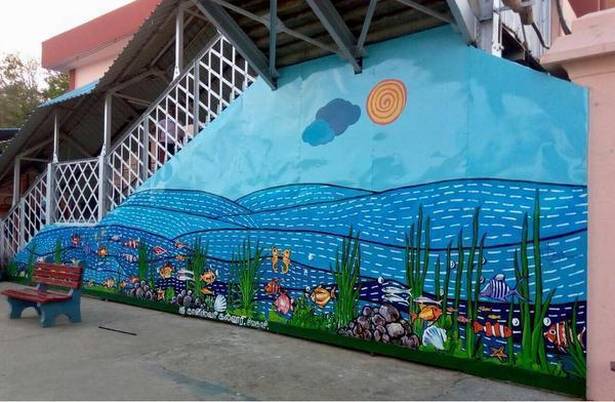
A Kannan, who works as art teacher in TVS Matriculation School, Palanganatham and his team of assistants worked for over 10 days to complete the painting on the escalator wall. “I have used enamel paint and a combination of soothing cool colours. Since the base colour of the corrugated tin wall was blue, I retained a blue background. We had to build a scaffolding to reach to the height and chalk out a graph, so that the painting can be done to scale,” says Kannan, who has contributed in the Madurai corporation’s beautification projects previously. He has painted the pillars beneath the Kalpalam bridge and the wall around Gandhi Museum. “That’s how I got the opportunity to paint the station as well. I enjoyed the process and I am happy that my work has earned the place the distinction.”
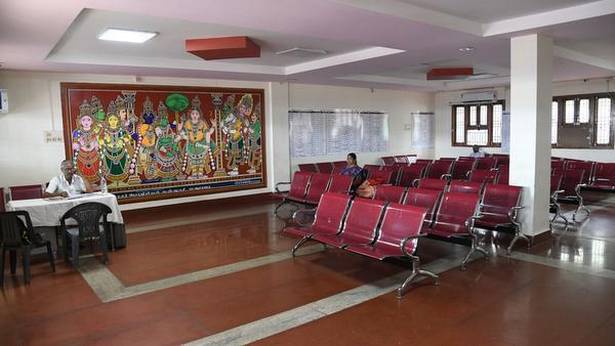
The mural art is done by GK Ramesh, Stapati belonging to Sirkazhi. Having painted some of the famous and big temples across the state, Ramesh is an expert in Temple Art. “I come from a family of temple artists and learnt it from my father. In 2009, I repainted the frescos on the ceilings and walls of Meenakshi Temple. That’s how I was recommended for drawing a mural at the station,” says Ramesh. “I have used acrylic paint and my style is inspired by Indian art before the period of Ravi Varma, characterised by flat two-dimensional figures,” says Ramesh. “Though I have showcased my skills in temples like Tiruparankundram, Pazhamudhircholai and Srivilliputtur, drawing at the railway station gave me a unique experience. I am grateful and glad that my art has bagged a national-level recognition.”
The other stations under Madurai Division that were beautified are Virudhunagar and Kovilpatti, where the side of a staircase and a wall have been painted respectively. “We nailed the brief and that’s one reason we got the prize. From the railways, we will continue to add art and value to stations. The next stations we will be working on are Rameshwaram and Kodai Road/Dindigul, as they attract heavy flow of tourists. In Kovilpatti, one of our staff has done a worli art and we encourage such initiatives,” says Ittyerah. “Railway stations need to look good for two reasons – one is that it’s a highly patronised public space and creating beauty outside home will instil a sense of ownership in people using the space. And secondly, railway junctions are places that leave an impression in the mind of every traveller. You also always take something from a station.”
Madurai Division
Madurai Division was formed on 16.05.1956 and it is the largest Division on Southern Railway with 1363.06 Route Kilometers, extending over 12 districts of Tamilnadu, viz., Madurai, Virudhunagar, Tirunelveli, Tuticorin, Dindigul, Theni, Sivagangai, Ramanathapuram, Pudukottai, Tiruppur, Coimbatore and Tiruchchirappalli and 1 district of Kerala, viz., Kollam.
The total BG line is 1298.80 km and 118.12 km is under gauge conversion ie.89.74 kms between Madurai and Bodinayakkanur.
The division has 99 block stations, 20 flag stations and 20 halt stations. The division is running 39 pairs of daily express trains and 45 pairs of non-daily express trains and 70 pairs of daily passenger trains and 4 pairs of non-daily passenger trains.
Madurai Junction
Madurai Jn. is a ‘A-1’ category station with an average earnings of Rs.37 lakhs per day and an average of 44 lakhs passengers are dealt per day. The station has six platforms, six UTS and eight PRS counters.
Number of trains dealt:
Express trains: 12 pairs of daily, five pairs of bi-weekly, three pairs of tri-weekly, one pair of quadruplet weekly and six pairs of weekly
Passenger trains: 13 pairs of daily
Bookings office, Food plaza, Catering stall, Retiring rooms, Water cooler, Automatic Water Vending machines, RO water plant, Waiting halls, Mother feeding centre, Escalators, Lifts, Wheel chairs and Pay and use toilets are the other facilities provided at the junction.
source: http://www.thehindu.com / The Hindu / Home> Society / by A. Shrikumar / May 11th, 2018
